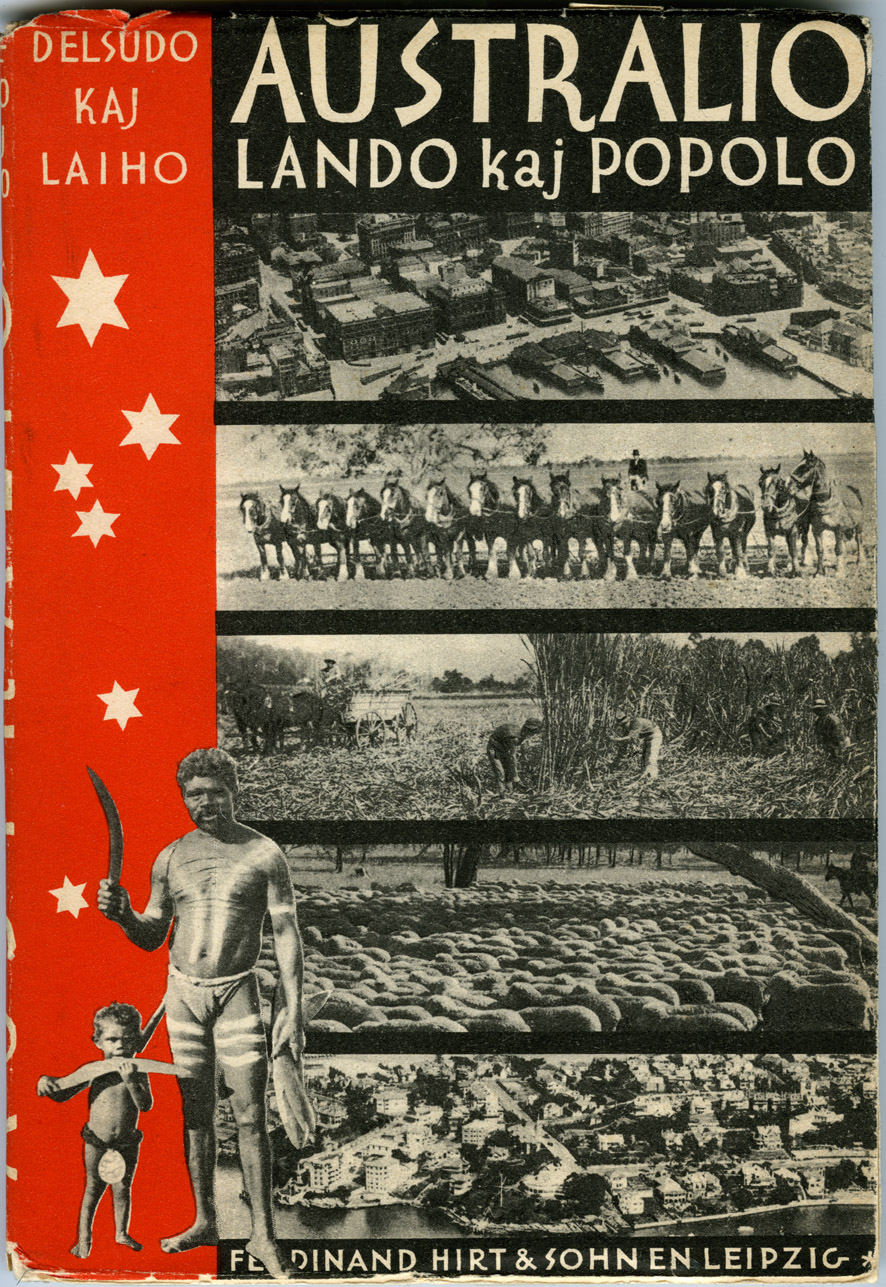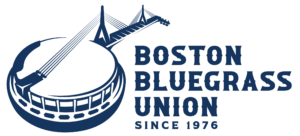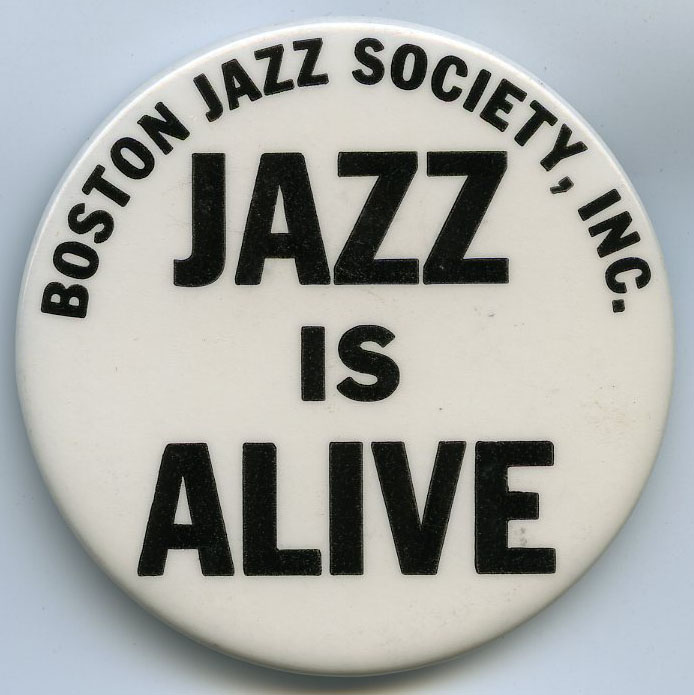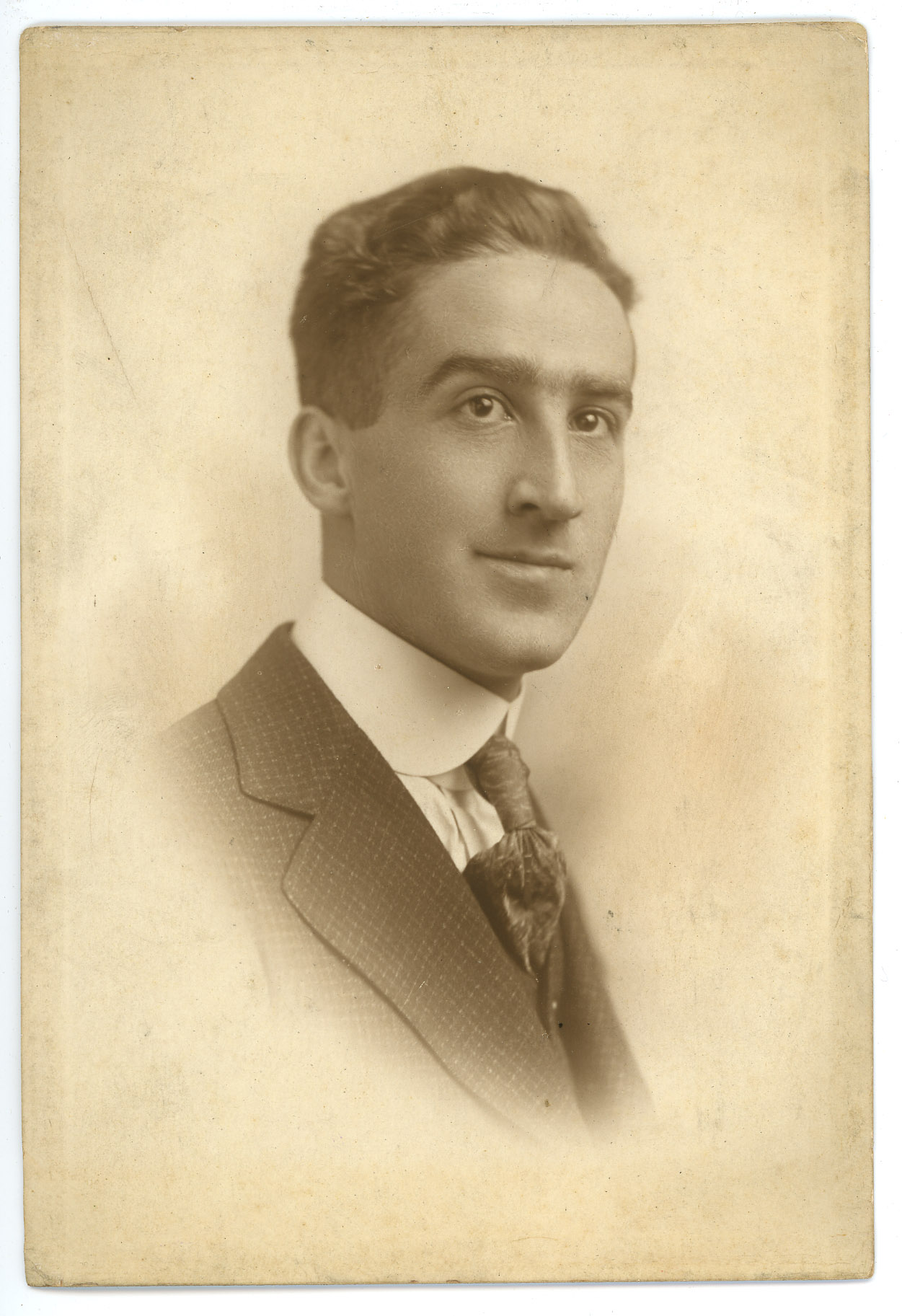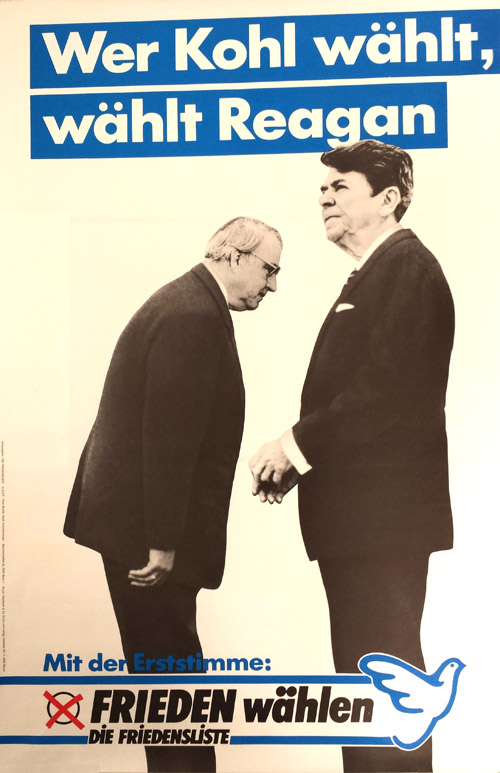Kathy Borchers Photojournalism Collection
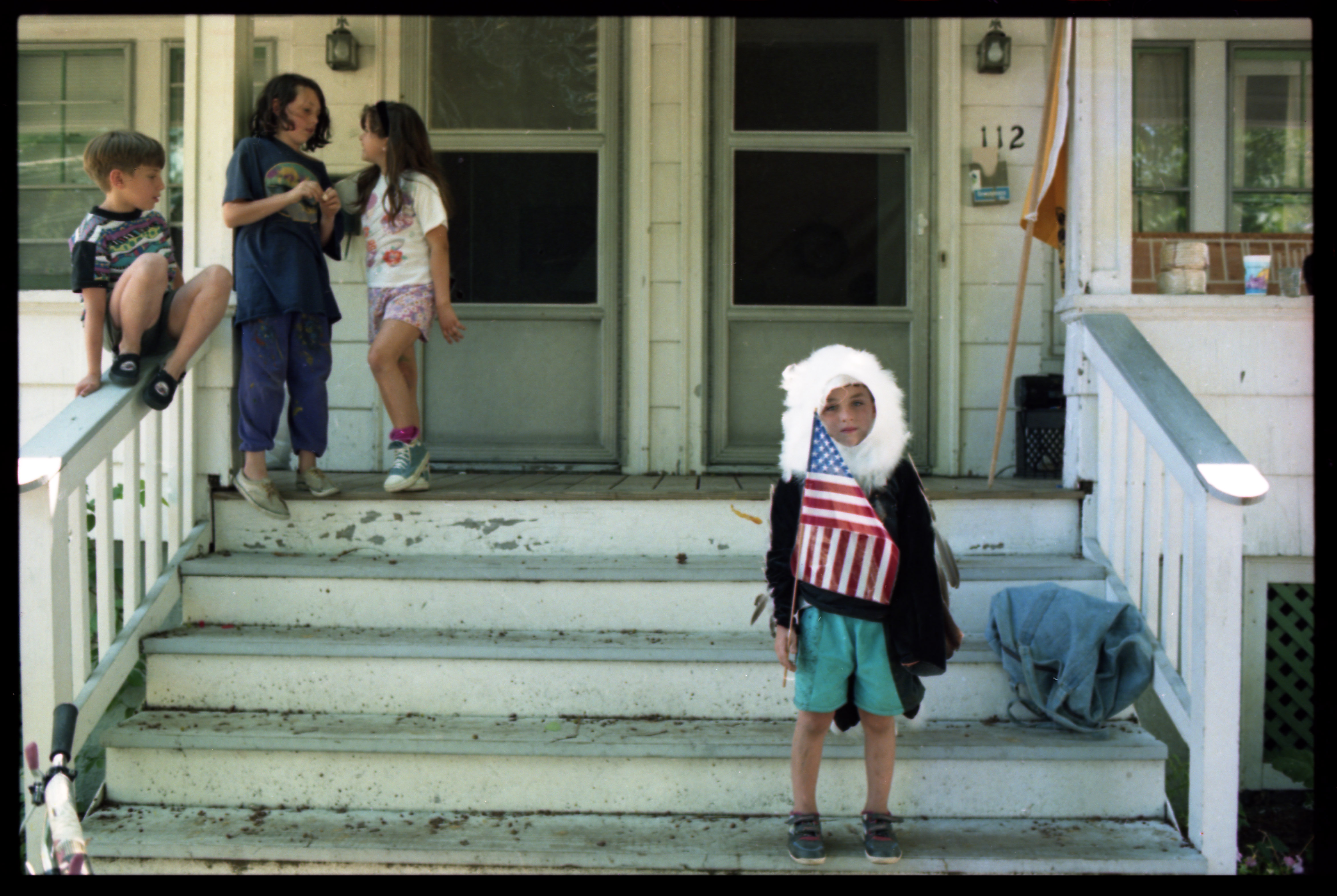
An award-winning photojournalist, Kathy Borchers began a thirty year career with the Providence Journal in the mid-1980s. A native of Dayton, Ohio, she and her twin sister Karen (also a photojournalist) took up photography in high school and refined their technique as undergraduates at Bowling Green State University. After receiving her master’s degree at the Indiana University School of Journalism in 1981, Borchers worked for three years with the Topeka Capital-Journal before landing in Providence. In addition to covering general news and sports, she took on a number of special assignments and longer-form photoessays over the years in southern New England. She retired in 2015.
A rich sampling from a long career in photojournalism, the collection includes photographic negatives and prints along with associated published materials. Centered primarily on her time with the Providence Journal, the collection reflects the breadth of Borchers’ assignments, including general news, sports coverage, and longer-form photoessays, in both black and white and color. The collection also includes five self-made books: three on long-term photographic projects for the Journal and two career retrospectives.


